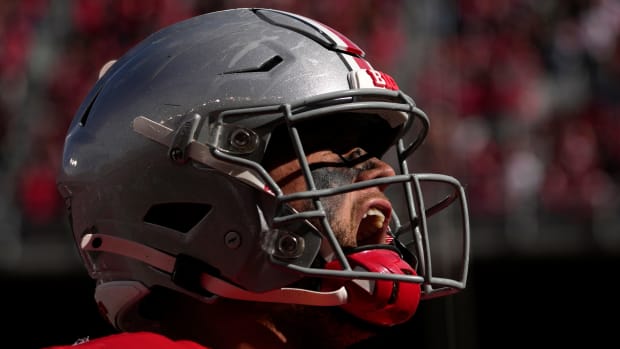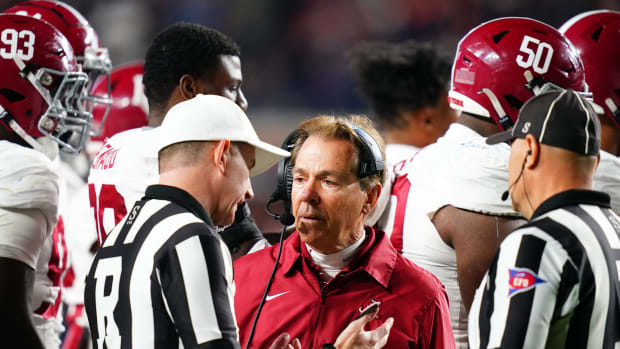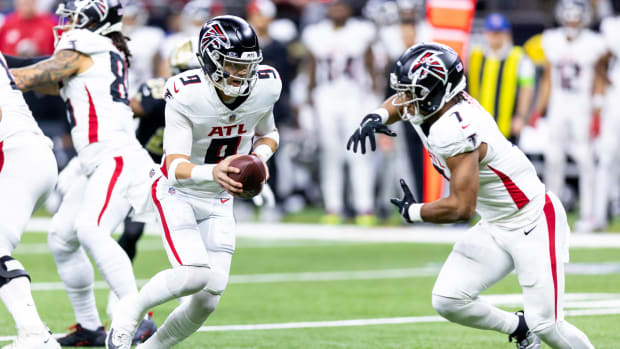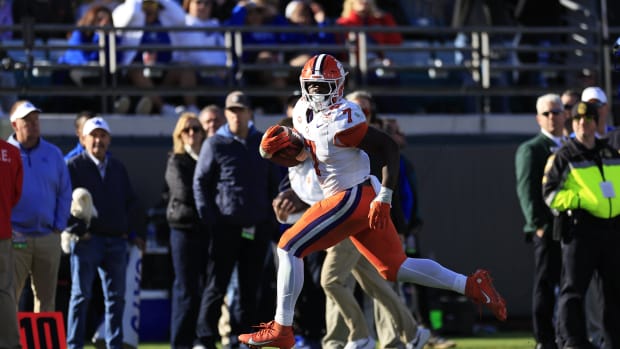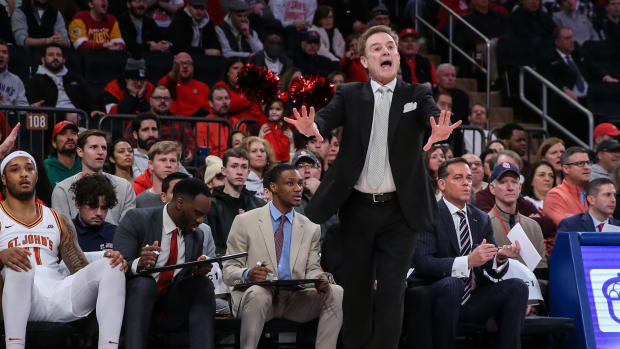
Unequal NIL Funding in Baseball Highlights College Sports Concerns
It has become well known that NIL collectives have reshaped collegiate athletics for revenue sports. All Power Four institutions are affiliated with NIL collectives that function to leverage donations from alumni to provide de facto payrolls to their men's basketball and football players. However, even within collegiate sports' most prestigious conferences, non-revenue athletes have yet to experience the same windfall. This is why the few non-revenue sports programs implementing more robust NIL funding operations are experiencing massive success. Right now, that is SEC baseball.
In revenue sports, virtually all top teams provide pay-for-play payments for their student-athletes. Within the ranks of the FBS, over 90% of programs have a collective, and while the funding may vary substantially, all provide opportunities for their players to be compensated for their athletic prowess. In college basketball, mid-majors have differentiated themselves considerably by adopting NIL collectives. Conferences with schools that have fully embraced NIL collectives, like the Mountain West, Atlantic 10, and Missouri Valley, have all seen separation from their peers in terms of aggregate performance.
In baseball, the variance of support for NIL payment is vast. While most programs have marketplaces to promote their athletes as influencers for bonafide endorsement deals, very few baseball programs have the NIL capacity to implement a NIL payroll to compensate athletes like their revenue sports peers. Without the same NIL collective dollars, schools with resources allocated to non-revenue teams can outpace their competition in ways unlike football and basketball. With a much smaller pool of schools offering NIL funding for non-revenue sports than revenue sports, talent becomes concentrated at the few schools that have made NIL for their less visible teams a priority.
In a recent pre-season interview, Minnesota baseball coach John Anderson shared his unfettered opinions on the landscape of college baseball. With the announcement of his impending retirement, this will be his forty-third and final year leading the Gophers baseball program. In over four decades, the coach has seen many transformations in college sports, from the rise of analytics to the massive amounts of revenue and spending created by the lucrative TV contracts for Power Four conferences. In the forty-five-minute interview, the coach spends a significant amount of time detailing what has been the most revolutionary change to college baseball, NIL.
Put simply, Coach Anderson worries about the new system and its ability to maintain parity in the sport. Before NIL was allowed in 2021, Anderson felt that "scholarship used to be a salary cap." With scholarships being the only means of player compensation, programs could only offer so much to recruits, allowing a more level playing field for recruitment. In todays system, elite players are compensated by their programs both with scholarship and NIL collective contracts — deals that now contain no upper limit. While the Big Ten and their respective collectives have uniformly spent millions of dollars aimed at the attraction and retention of football and basketball talent, the funding is not the same for baseball.
Regional preferences and passion for the sport have led to discrepancies at even the most prestigious conferences. The SEC loves baseball. The Big Ten does not. Last year, seven of eight teams with the highest average attendance hailed from the SEC; ironically, the one outlier was Texas, which will join the SEC next season. The first Big Ten school to be listed was Nebraska at 10th; after them, no Big Ten school was found until Purdue at 53rd. Minnesota ranked 98th with an average attendance under 1,000. It is no surprise that teams in the south have been able to call upon their loyal supporters for NIL funding to baseball more effectively than their northern peers.
Coach Anderson used anecdotes to talk about some of the players currently at his program that have been reached out to by NIL poachers. While the practice violates NCAA rules, he notes that "there are people working around the edges trying to get people to leave programs to go to other programs to build national championship teams."
He wasted no time mentioning last year's champion, LSU, and the strategies that they have implemented to recruit top talent: "They advertise it regularly. Come to LSU, we’ve got money and we want to build a championship team. The northern schools, the mid-majors, you recruit somebody and develop a player, there’s no guarantee you’re going to keep him unless you can come up with enough cash to keep him in your program." Anderson notes that now, more than ever, the challenge is not just getting players to your program, "you can recruit guys, and you can develop guys; it doesn't mean they're going to stay."
The transfer portal has become a reality. But in baseball, unlike football and basketball, not every Power Four team has the funds to compete in the market. This turns the "free agency" pool into a much more concentrated market of schools. Anderson understands this reality better than anyone, as Minnesota does not have the rabid fanbase of an SEC program. Anderson acknowledges that embracing the transfer portal and NIL is the only way forward, stating that when it comes to modern college baseball, "you’re going to have to adjust."
Minnesota is not turning away from the transfer portal; however, when trying to utilize the new system fully, lack of funding comparable to SEC programs presents a challenge: "You call up kids in the transfer portal, and they say, 'Great, I'd love to come. How much NIL money do you have for me?'"
This case study in baseball is not isolated. With other non-revenue sports having dynasty-like programs that command disproportionate fan interest, the unregulated NIL economy has the potential to turn dominant teams into unbeatable powerhouses. With the removal of the "quasi salary cap" of scholarships, those who can provide more than just the cost of tuition with supplemental NIL money are at a significant advantage. Sports like hockey, lacrosse, and women's volleyball have massive discrepancies in fan attendance and passion. It is here where NIL collectives and a pay-for-play system could harm parity in college sports the most.
The competition for recruits that stems from the widespread NIL investment in revenue sports is not seen in non-revenue sports. In men's football, a talented transfer will receive attractive NIL offers from many programs. With fewer teams able to offer NIL pay-for-play payment in the non-revenue market, the fraction of programs with substantial funding concentrates the elite talent to only a handful of schools. In non-revenue sports, more than anywhere, the programs that can fundraise well for NIL can quickly buy their way to the top.
